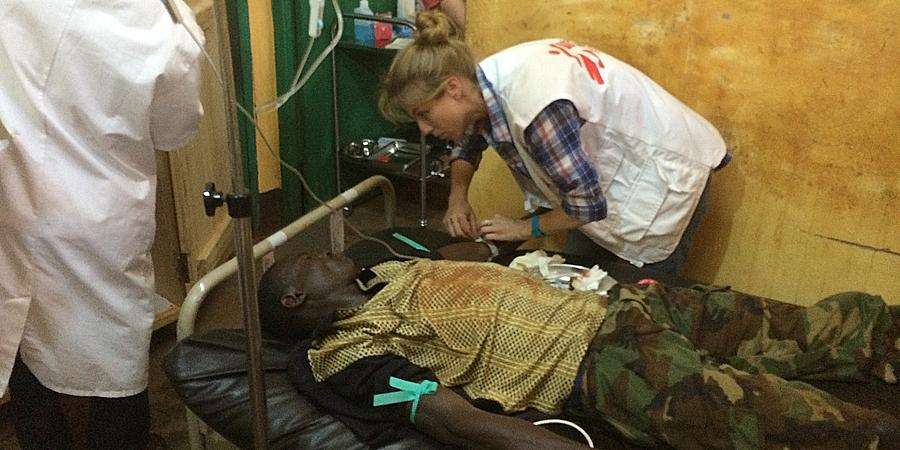As the people of the Philippines struggle to recover from the devastation of Typhoon Haiyan, the plight of the population in many rural and isolated areas of the islands has gone largely unreported. Reaching out to these communities is a top priority for Doctors Without Borders/Médecins Sans Frontières (MSF).
MSF medical teams are traveling by boat or driving up into the mountains to reach isolated populations affected by the catastrophe. Distribution of non-food items and establishment of mobile clinics are central to MSF's strategy to reach the most remote communities.
“Vital communication infrastructures were damaged,” says Manfred Murillo, MSF logistician, “so the idea is to supply these families with basic kits so they can survive and to give them a better quality of life.”
Distributing Supplies
So far, more than 15,000 relief kits and 4,700 tents have been distributed. MSF teams are dispersed in different areas responding to the needs created by the typhoon. In Leyte, both mobile clinics and support to health care centers are key to covering the medical and humanitarian needs of the population.
“In many places, like Liberty and Capoocan, we found people who had not had any help [for] 10 to 20 days after the typhoon,” says Karla Bil, MSF medical coordinator in the area. “No one had stopped there before. We also saw people with severe injuries.”
In addition to the large coastal areas of Leyte that were devastated by the storm, some inland areas have also been affected, like the towns around Burauen district, and it has been difficult to reach some communities.
Opening Hospitals
“We set up a field hospital in Burauen aimed at enabling the main district health care center to receive patients like before the typhoon,” says Federica Nogarotto, MSF coordinator in the region. “At the same time, MSF is supporting the health centers in the surrounding towns with water and drugs and human resources to provide medical consultations to the population.” Over 3,300 tents and 3,100 hygiene and kitchen kits have been distributed in these isolated areas, which were among the most severely hit by the catastrophe.
On the island of Samar, two medical teams (one land-based, the other travelling by boat) are running mobile clinics in outlying areas, including the small island south of Guiuan. Teams are continuing to distribute tents, hygiene kits, and cooking equipment to people whose houses were destroyed by the typhoon. The teams have already distributed more than 4,800 kits and 1,480 tents in the area. Water and sanitation specialists are currently providing water for 20,000 people per day.




